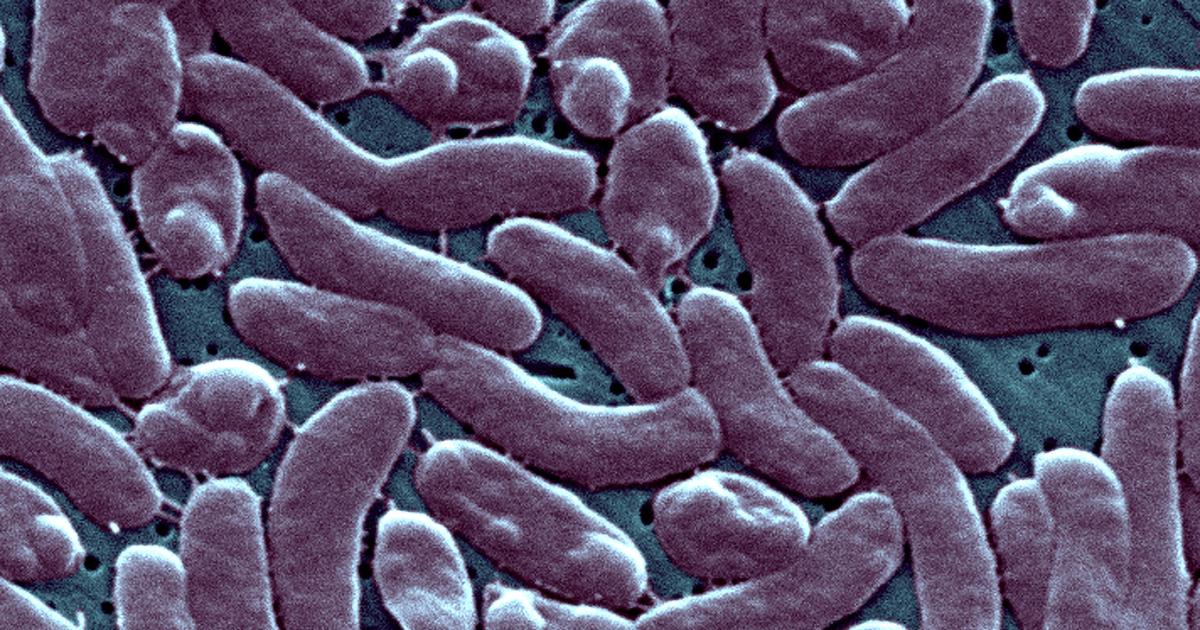Florida has confirmed 13 cases of Vibrio vulnificus—often called “flesh-eating” bacteria—across 11 counties this year, with eight deaths, the Florida Department of Health told CBS News Miami partner el Nuevo Herald.
Officials said eight cases were tied to wound exposure but stressed the infections are “sporadic and unrelated to an outbreak.”
The Sunshine State saw its highest-ever case count in 2024—82 infections and 19 deaths—with health officials noting that hurricanes and storm surges, such as those from Hurricane Helene last year, can push coastal waters inland, heightening infection risks.
The bacteria, found in saltwater and brackish water, can cause severe illness or death within one to two days, according to the CDC.
Most cases in the U.S. occur in Gulf Coast states.
Read the full story from Miami Herald’s Sonia Osorio here.
Prevention tips: rinse and cook well
Dr. Edward Hirsch, an infectious disease specialist at HCA Florida University Hospital, recommends rinsing off after swimming in ocean water and ensuring seafood is thoroughly cooked. “It’s very frightening. Luckily, it’s very rare,” he added.
Here are some key facts about Vibrio vulnificus, according to the CDC:
How infection happens
- Eating raw or undercooked shellfish, especially oysters
- Exposing open wounds to warm salt or brackish water
- No evidence of person-to-person transmission
How it is diagnosed
- Through stool, wound, or blood cultures
- Labs should be notified in advance to use the correct growth medium
- Physicians should suspect Vibrio in patients with gastrointestinal symptoms or wound infections following seafood consumption or seawater exposure
Symptoms
- Watery diarrhea, vomiting, and abdominal pain
- Skin infections from wounds exposed to seawater
- In severe cases: skin breakdown, ulcers and bloodstream infections
What illnesses it can cause
- Gastrointestinal illness: vomiting, diarrhea, and abdominal pain
- Wound infections: can lead to ulcers, tissue damage, and, in severe cases, amputation
- Bloodstream infections: potentially fatal, with symptoms such as fever, chills, low blood pressure, and blistering skin lesions
- People with weakened immune systems or chronic liver disease are at much higher risk
How to reduce your risk
- Avoid raw oysters and shellfish; always cook seafood thoroughly
- Prevent cross-contamination between raw and cooked seafood
- Keep open wounds away from warm salt or brackish water
- Wear gloves when handling raw shellfish or seafood
- Refrigerate leftovers promptly and safely
How it is treated
- Immediate antibiotic treatment is critical
- Wound care is essential; in severe cases, amputation may be necessary
For more information, visit the CDC’s Vibrio page.



